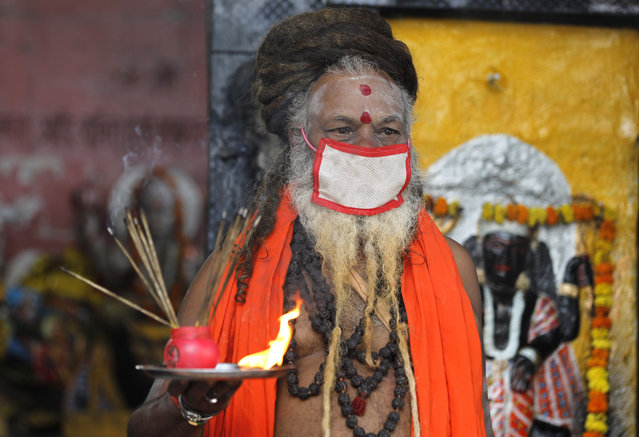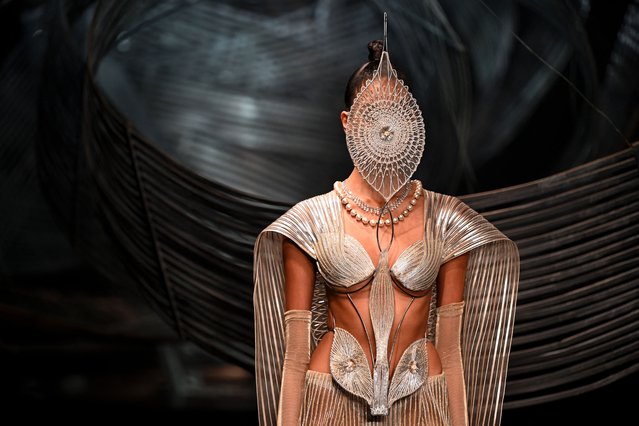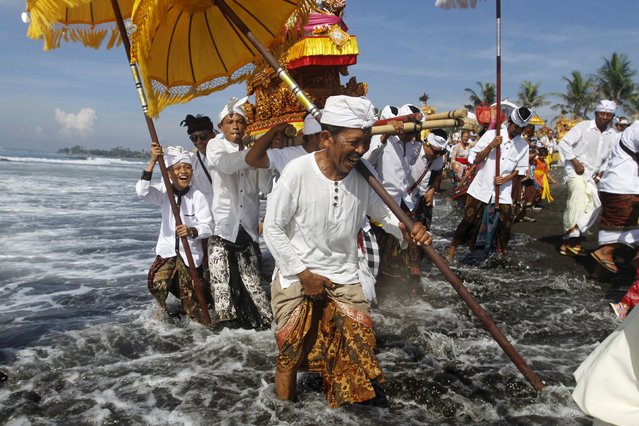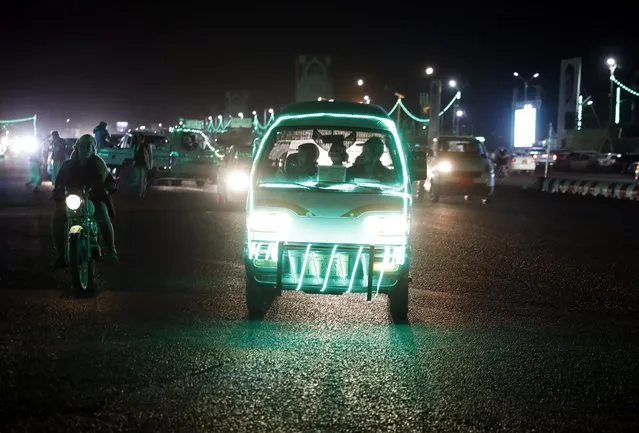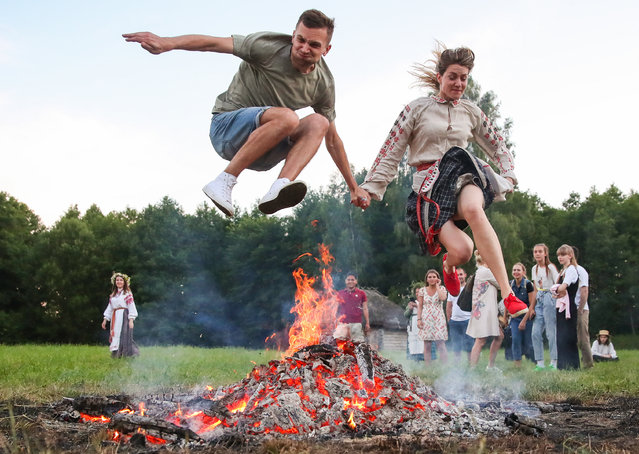
A model presents a creation by Indian designer Monisha Jaising during the grand finale of Lakme Fashion Week (LFW) Winter/Festive 2018, in Mumbai, India, 26 August 2018. (Photo by Divyakant Solanki/EPA/EFE)
31 Aug 2018 00:03:00,post received
0 comments

